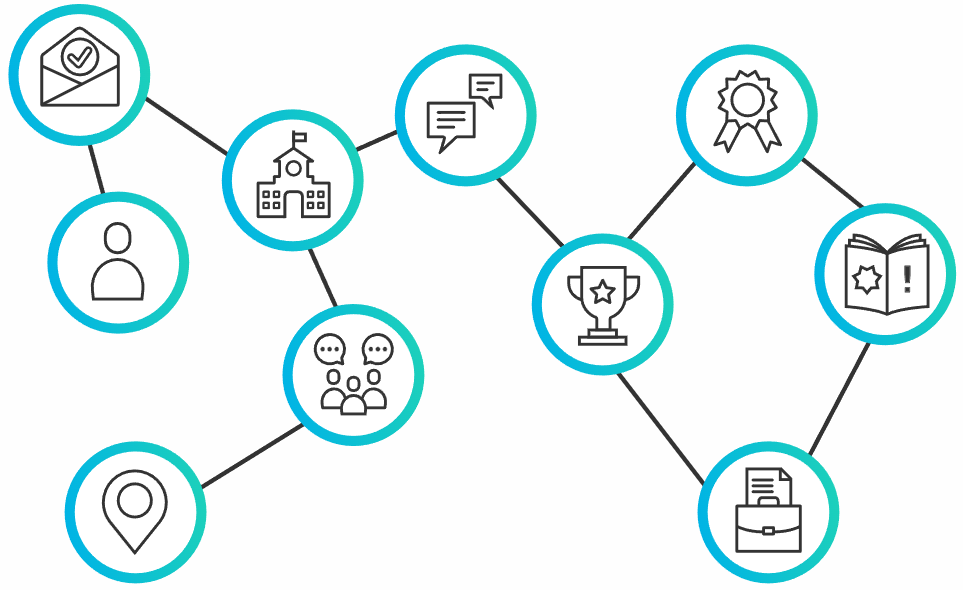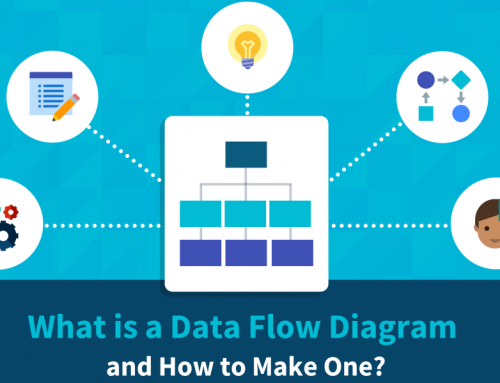Data Profiling 101
Now the requirements for data quality are getting higher and higher. How to quickly analyze the data quality of a report with hundreds of millions of data? In this article, we will share with you the data profiling method used in our testing. Before diving into our article, let’s figure out what is data profiling first.
What is data profiling?
Wikipedia’s Definition of Data Profiling: Data profiling is the process of examining the data available in an existing data source and collecting statistics and information about that data. This process leads to an accurate overview of existing data to ensure any discrepancies, possible risks or trends are identified. Companies can use the key insights gained during the data profiling process to their own advantage.

What is Data Profiling?
Why do you need data profiling?
It helps you discover, comprehend, and organize your data. It should be an important part of how your organization deals with its data for a number of reasons.
First of all, data profiling helps to cover the basics of the data, and verify that the information in the table matches the description. Secondly, it can help you have a better understanding of your data through revealing relationships across different databases, source applications, or tables. In addition to discovering hidden chunks of information hidden in your own data, data profiling can also help you ensure that your data complies with standard statistical measures and your company-specific business rules.
What are the different types of data profiling?
Many of the data profiling techniques or processes used today can be divided into three broad categories: structure discovery, content discovery, and relationship discovery. However, the goal is the same, to improve data quality and gain greater understanding of the data.
- Structure discovery: Also known as structural analysis, it verifies that the data you have is consistent and well-formed. Structural discovery also examines simple basic statistics in the data. You can gain insight into the validity of data by using statistics such as minimum and maximum, average, median, mode, and standard difference.
- Content discovery: This is the process of taking a closer look at the various elements of the database to check data quality, which can help you find areas that contain null values or incorrect or ambiguous values. Many data management tasks begin with accounting for all inconsistent and ambiguous entries in a dataset. The standardized process of content discovery plays an important role in solving these little problems.
- Relationship discovery: It involves discovering the data being used and trying to better understand the connections between the datasets. The process begins with metadata analysis to identify key relationships between data and narrow down connections between specific fields, especially where data overlaps. This process can help reduce some of the problems that arise in data warehouses or other datasets when data is misaligned.
What are the benefits of data profiling?
It can bring a range of benefits to businesses or organizations.
1. Improve decision making with high quality data
Data profiling is a process which can be used to ensure that the data used by users is of the highest quality. When an enterprise uses high-quality, reliable data, it can employ that data to capture information that can have a positive impact on the business. This information can come from different categories and be used by people throughout the company for a variety of applications. It can help identify possible challenges and predict business trajectories.
2. Active crisis management
Data profiling can identify problem areas and address them before they escalate.
3. Predictive decision making
Through data profiling, even the slightest error can prevent it from developing into a more serious problem. Enterprises can understand the various outcomes of various scenarios. Such capabilities help to accurately understand the state of the enterprise and help make decisions for long-term improvement.
4. Ensure organized sorting
Data sets often have diverse data sources in multiple sources. These sources can be social media, customer surveys and big data marketplaces. Profiling allows users to trace data back to its source, paving the way for ideal encryption. Professionals can then analyze a variety of data sets and references to make sure that the data complies with standard statistical parameters and business rules.
What are the steps of data profiling?
Through data profiling, organizations are analyzing large amounts of data in a systematic, repetitive process. The process is consistent and based on fixed metrics. Because data is dynamic in the current business environment, it is necessary to be able to continuously assess its quality. However, the main problem for businesses is building in-house data profiling tools and the high costs involved. If a business wants to begin data profiling, there are four main steps to setting the right, stable, and consistent base.
1. Set the Base with Discovery
Every business planning to start data profiling needs to start with discovery. It is a discovery of structure, content and relationship.
2. Steps in Profiling
In profiling, organizations start by listing the details of each dataset they are using. Think of it as a dataset that gives a clear view of all user datasets. While larger companies rely on enterprise resource planning (ERP) systems or have proprietary data management platforms, smaller ones tend to use options such as spreadsheets. When profiling is complete, data can be segregated based on its usefulness and ease of access compared to other lower-priority data. The latter can be stored in inexpensive storage devices.
3. Data Standardization
With data separation and ease of access achieved, the next step is comprehensive data standardization.
4. Cleansing for Better Standardization
Cleaning data is the last step after standardization, which is another level of standardization that ensures that every formatting error caused by applying the new standardization rules is fixed. At this stage, any corrupt or irrelevant data will be deleted. A robust analysis strategy and robust backups can prevent any data issues beyond this.
Conclusion
Thank you for reading our article and we hop it can help you to have a better understanding of what is data profiling. If you want to learn more about data profiling, we would like to advise you to visit Gudu SQLFlow for more information.
As one of the best data lineage tools available on the market today, Gudu SQLFlow can not only analyze SQL script files, obtain data lineage, and perform visual display, but also allow users to provide data lineage in CSV format and perform visual display. (Published by Ryan on Jun 7, 2022)
If you enjoy reading this, then, please explore our other articles below:



